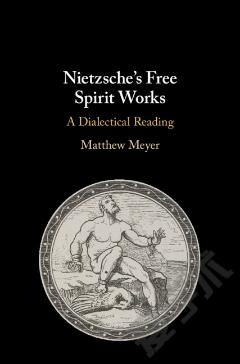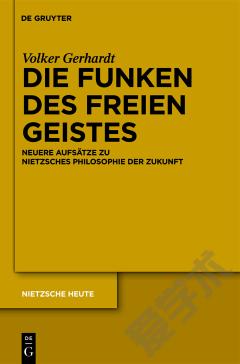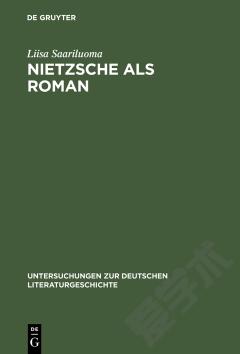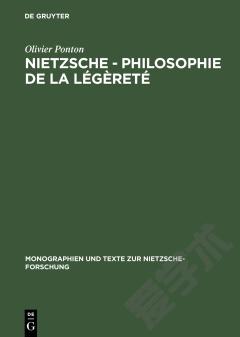Nietzsche's Free Spirit Works —— A Dialectical Reading
----- 尼采的自由精灵作品:辩证阅读
Between 1878 and 1882, nietzsche published what he called 'the free spirit works': human, all too human; assorted opinions and maxims; the wanderer and his shadow; daybreak; and the gay science. Often approached as a mere assemblage of loosely connected aphorisms, these works are here re-interpreted as a coherent narrative of the steps nietzsche takes in educating himself toward freedom that executes a dialectic between scientific truth-seeking and artistic life-affirmation. Matthew meyer's new reading of these works not only provides a more convincing explanation of their content but also makes better sense of the relationship between them and nietzsche's larger oeuvre. His argument shows how these texts can and should be read as a unified project even while they present multiple, in some cases conflicting, images of the free spirit.
{{comment.content}}








 京公网安备 11010802027623号
京公网安备 11010802027623号